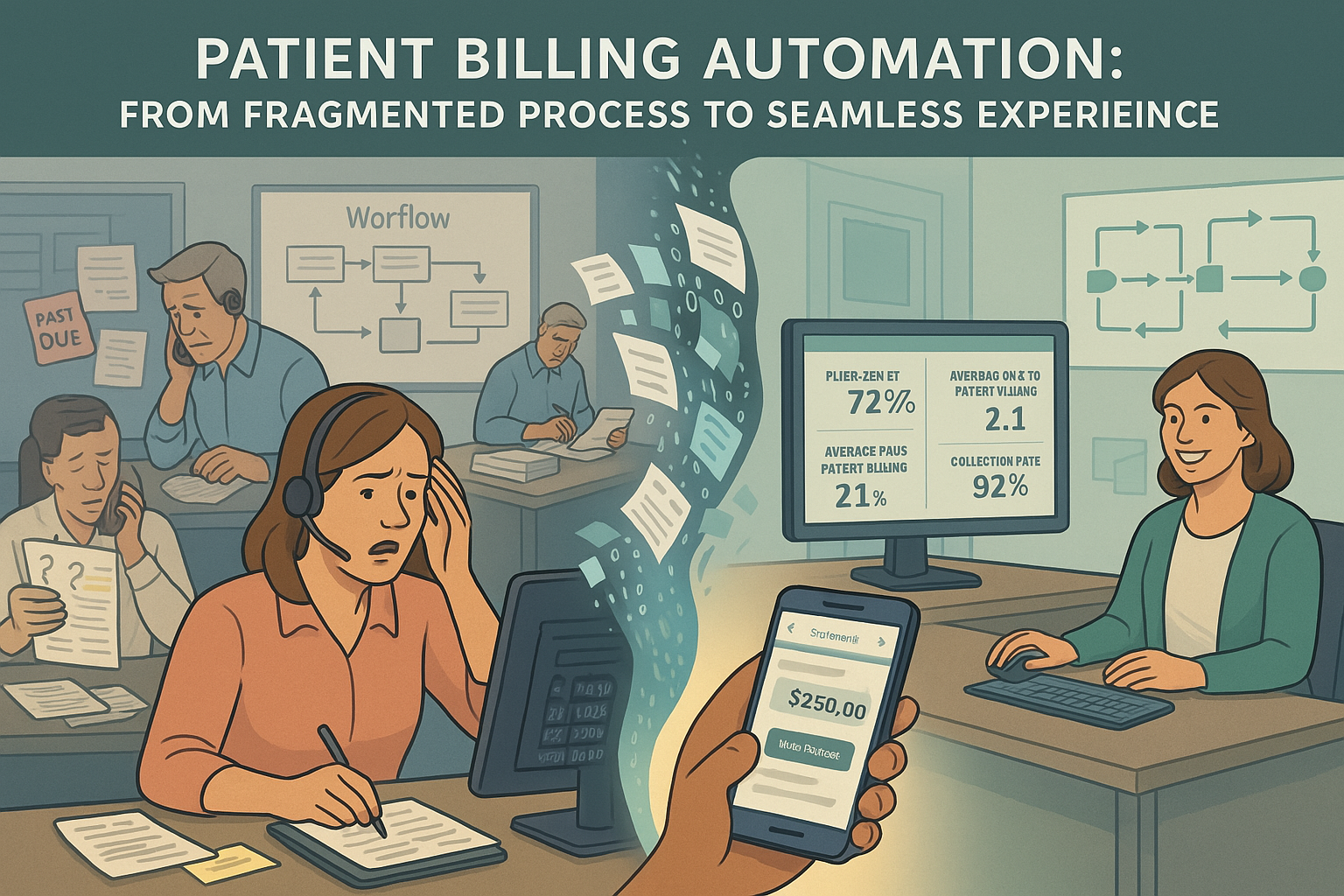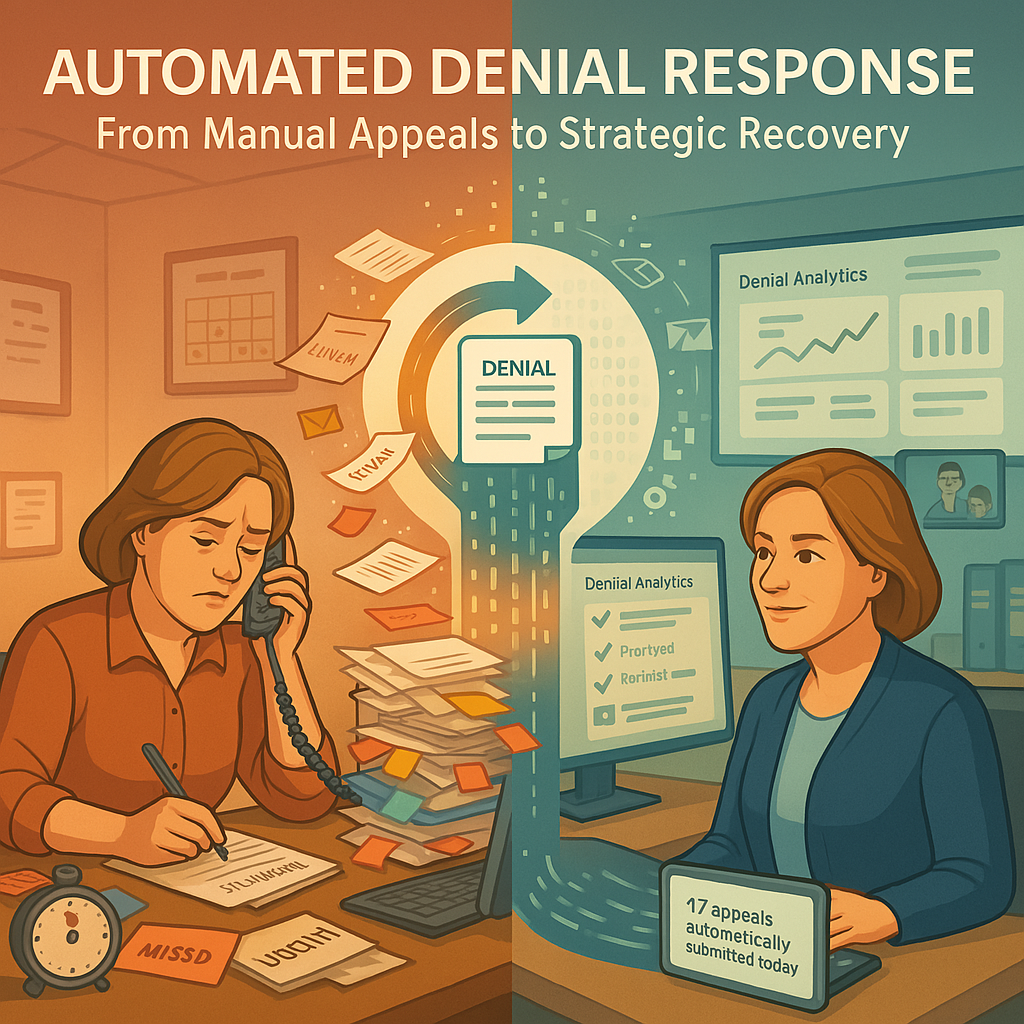Setting the Stage for Digital Transformation
The Medical Center began its digital transformation with clear goals: enhancing patient care, improving operational efficiency, and ensuring financial sustainability. However, the journey went beyond these objectives by focusing on understanding and addressing the concerns of revenue cycle managers, who were central to these changes.
Choosing the Right Technology Partners and Solutions
A critical early step was selecting the right technology partners and solutions. The decision-making process considered compatibility with existing systems, scalability, user-friendliness, and compliance with healthcare regulations. The Medical Center chose an advanced EHR system, an AI-driven coding and billing platform, and a patient engagement tool. Leadership communicated these decisions with empathy, emphasizing the benefits while acknowledging the learning curve involved.
Guiding Change with Empathy
The transformation brought significant changes to workflow and operations. For revenue cycle managers accustomed to traditional methods, this shift was challenging. The Medical Center approached these challenges with a strategy grounded in empathy and support.
- Stakeholder Engagement and Change Management: A comprehensive engagement plan was implemented, with regular communication sessions to keep staff informed about the transformation’s goals and progress. Training programs were designed not just to educate but also to empower revenue cycle managers, helping them see the transformation as an opportunity for growth.
- Feedback Mechanisms: Mechanisms were established for staff to voice concerns and suggestions. This open dialogue helped address fears about job security and adapting to new technologies.
Budgeting and Resource Allocation with a Human Focus
The budgeting and resource allocation for the transformation prioritized long-term value and the well-being of the staff. Investments were made in technology acquisition, staff training, and support services, ensuring that the transition was both technologically and humanly sound.
The Journey of Digital Transformation: Challenges and Triumphs
The digital transformation at The Medical Center was marked by various challenges, from integrating new technologies with existing systems to managing staff apprehensions. The leadership tackled these challenges with strategic planning and empathetic leadership.
- Training and Support: Comprehensive training programs were pivotal in easing the transition for revenue cycle managers. These programs were designed with empathy, addressing concerns and fears associated with learning new technologies.
- Overcoming Resistance: Resistance to change, particularly the fear of automation replacing jobs, was met with reassurance that technology was there to enhance roles, not replace them.
The Transformative Impact: Beyond Technology
The transformation led to significant improvements in operational efficiency and accuracy. Automation took over repetitive tasks like eligibility verification and claims submission, reducing errors and freeing revenue cycle managers for more complex cases. This shift valued the expertise and contributions of the staff, focusing on their professional growth.
Looking Ahead: Continuous Improvement and Adaptation
The journey of The Medical Center is ongoing, marked by a commitment to continuous improvement and adaptation. The center is now better equipped to face future healthcare challenges, continually leveraging technology to enhance patient care and operational efficiency.
For revenue cycle managers and other healthcare professionals, the transformation opened doors to new opportunities for growth and development. It was a journey from apprehension to mastery, from uncertainty to confidence. The Medical Center’s story serves as an inspiring example for other healthcare institutions, showing that digitalization can lead to not just improved efficiencies but also a more fulfilling career in the evolving healthcare landscape.
Embracing Change with Compassion and Strategy for Digital Transformation
The Medical Center’s digital transformation journey underscores the importance of a strategic and empathetic approach in addressing the complexities of healthcare digitalization. It highlights the need to balance technological advancements with the human element, ensuring that the transition not only streamlines operations but also enhances the roles of those integral to healthcare delivery.
This journey is a testament to how technology can empower healthcare professionals, especially revenue cycle managers, transforming their roles into more strategic, analytical, and impactful ones. The key is to view technology not as a replacement for human skills but as an enabler that augments and complements the invaluable human touch in healthcare.










